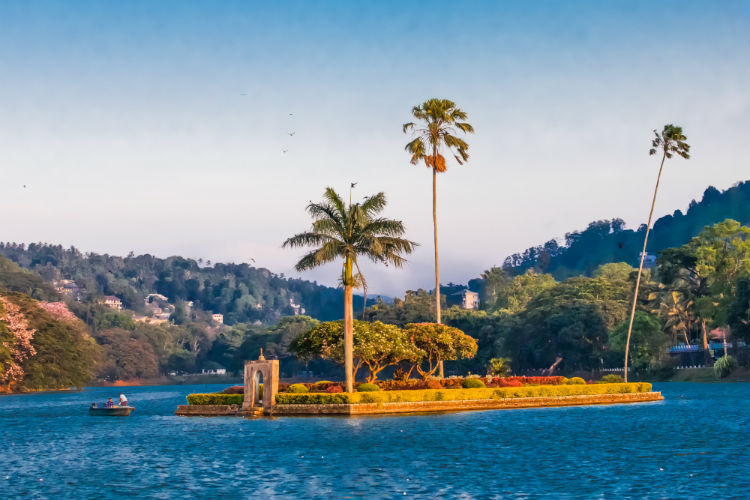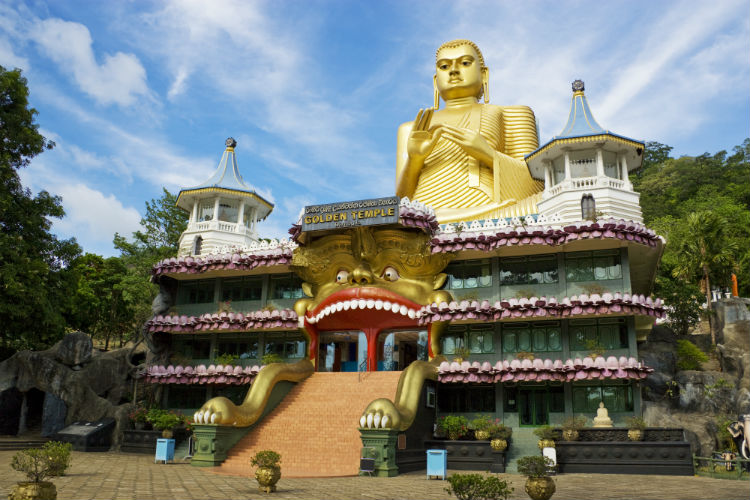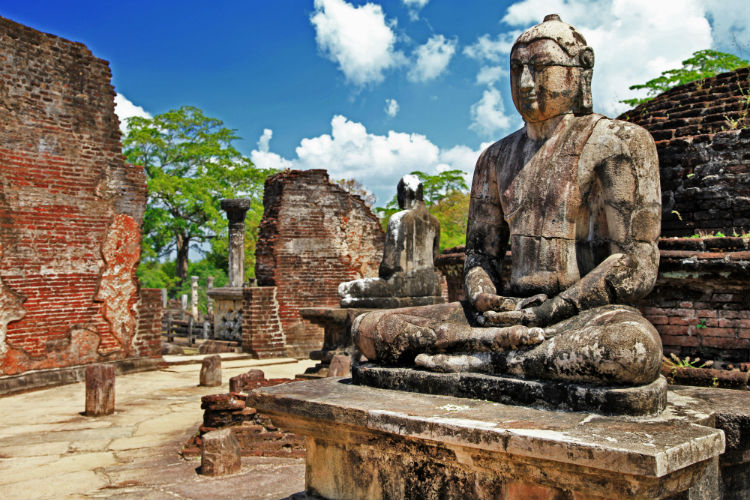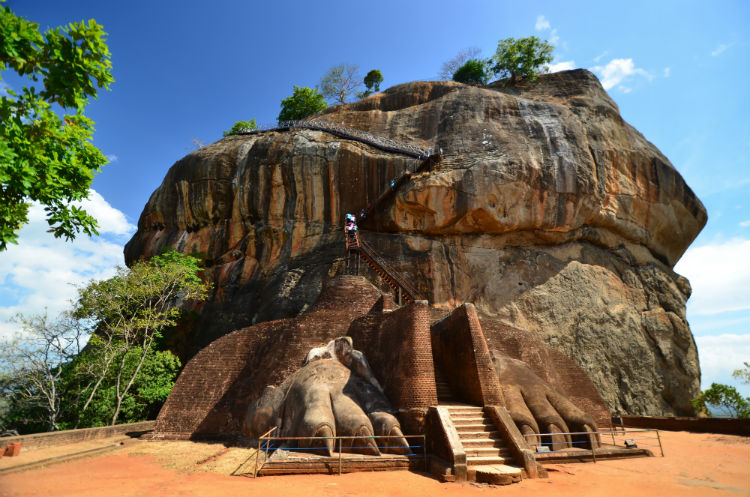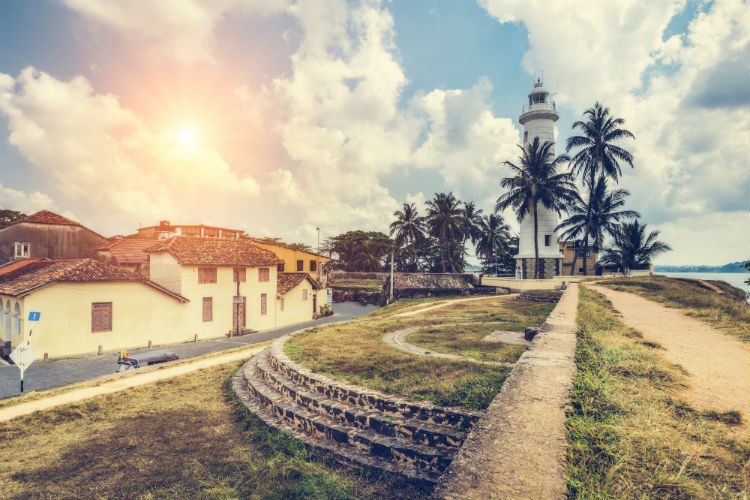For a country that is one of the smallest in Asia, Sri Lanka is blessed with a high number of ruins and temples. In fact, the ancient Buddhist relics that are scattered across the country are one of the main reasons why so many people choose Sri Lanka as their yearly escape (the warm waters and sandy beaches also don’t hurt!). These monuments are considered to be so historically significant that the country now boasts eight UNESCO World Heritage Sites that can all be easily visited within one slow-paced holiday thanks to the country’s pocket-book size.
1. Sacred City of Anuradhapura
Start your Sri Lankan adventure with a visit to its ancient capital. Found in the north of the island and on the banks of the notable Malvathu Oya, it is one of the oldest continuously inhabited cities in the world. The site boasts an abundance of ancient ruins and many of them date back more than 2,000 years.
2. Sacred City of Kandy
Moving onto another ancient capital: Senkadagalapura (also referred to as Kandy) was the last capital of the Sri Lankan kings before the British occupation in 1815. These days it acts as the capital of the Central Province and the modern city built around the historic site is a bustling hub of contemporary activity. The ruin it is most noted for is the Temple of the Tooth, which hosts the relic of the tooth of the Buddha. Other notable buildings in the ancient area include the Royal Palace, Audience Hall, and Mahamaluwa.
3. Golden Temple of Dambulla
Step back in time to the 1st century BC and admire the delicate paintings created with indigenous traditional paints and the 57 statues of the Lord Buddha scattered between five fascinating caves. It is believed that the Valagamba of Anuradhapura had the caves converted into a temple as a way to thank the gods after he spent 15 years hiding in them during exile.
4. Ancient City of Polonnaruwa
After the fall of Anuradhapura, Polonnaruwa became the kingdom in 1070 AD. The Parakrama Samudra is its main attraction, which is the largest man-made rainwater reservoir in the country clocking in at 2,500 ha.
5. Sinharaja Rainforest
Sri Lanka’s tropical climate makes for plenty of lush rainforests, however the Sinharaja Rainforest is definitely the most impressive. A UNESCO World Heritage Site it covers 7,648ha and is a biodiversity hotspot that is home to twelve endemic mammals including the giant squirrel, dusky-stripped jungle squirrel, badger mongoose, purple-faced leaf monkey and torque macaque.
6. Central Highlands
Another biodiversity hotspot is this mountain region comprising of the Knuckles Conservation Forest, Horton Plains National Park and the Peak Wilderness Protected Area. The range was named after the peaks and folds that resemble a closed fist when seen from afar, and the Knuckles Mountain Range is home to rare flora and fauna that cannot be found anywhere else.
7. Rock Fortress of Sigiriya
The former capital city of Sigiriya is found on top of a 200m high granite rock near the town of Dambulla. It was constructed over 1,500 years ago and King Kasyapa chose to build his kingdom on top of a large rock to gain strategic advantage over invaders. After his death it became a Buddhist monastery until the 14th century.
8. Old Town of Galle and its Fortifications
Originally built in the 16th Century by the Portuguese, this settlement has also been expanded and influenced by Dutch and British colonies and is now the best example of a fortified city built by Europeans in South and South-East Asia. These days it’s a thriving contemporary town with many of the traditional Dutch and British buildings converted into boutique shops and stylish guest houses.


